Holistic and Complementary Therapies in Rehabilitation
A growing emphasis on mind-body wellness has elevated the role of holistic and complementary therapies in rehabilitation, offering integrative approaches to physical recovery. Techniques such as acupuncture, yoga therapy, and mindfulness-based stress reduction are being incorporated into rehabilitation programs to enhance pain relief, neuromuscular function, and emotional well-being. Herbal medicine and nutritional therapy contribute to inflammation control and tissue repair, while music and art therapy aid cognitive and emotional recovery. Additionally, manual therapies, including chiropractic adjustments and osteopathy, are improving mobility and structural alignment. By merging traditional rehabilitation methods with complementary practices, individuals receive a comprehensive approach that addresses physical, psychological, and physiological healing.
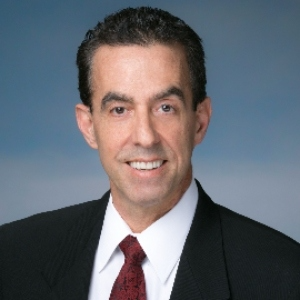
Jay Spector
American Academy of Podiatric Sports Medicine (AAPSM), United States
Marcia J Scherer
Institute for Matching Person and Technology, United States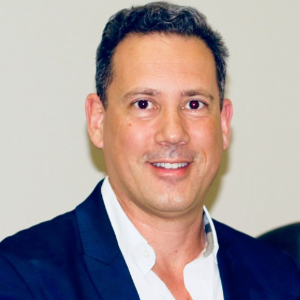
Marcos Brioschi
American Academy of Thermology, United States
Blair Gorenberg
Shirley Ryan Abilitylab, United States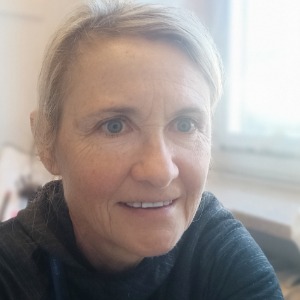
Roberta Sartori
IRCCS Materno-Infanitle Burlo Garofolo, Italy
Cho Li Yin
Taichung Veterans General Hospital - VGHTC, Taiwan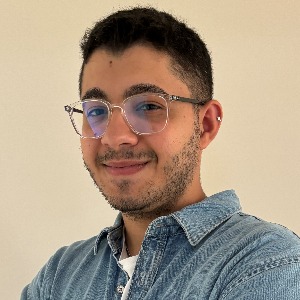
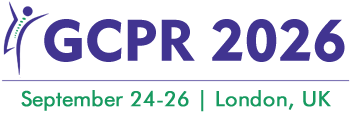



Title : Best practice guidelines for the use of pharmacological neuromodulation in disorders of diminished motivation: A comprehensive approach
Vaidya Balasubramaniam, Illawarra and Shoalhaven Local Health District Hospitals, Australia
Title : A forgotten component of knee osteoarthritis
Ron Blehm, EEI Physio LLC, United States
Title : Functional outcomes of DSSA-Based pelvic rehabilitation combined with manual therapy and electrostimulation in men after oncologic surgery: A retrospective case series
Eren Uyar, Fizyomen Physiotherapy & Rehabilitation Center, Turkey
Title : We are living and working in the age of individualization
Marcia J Scherer, Institute for Matching Person and Technology, United States
Title : Efficacy of Inspiratory Muscle Training (IMT) in post-weaning ICU recovery: A clinical randomized controlled trial
Warda Khan, Chongqing Medical University, Pakistan
Title :
Subramanya Adiga, Middlemore Hospital, New Zealand